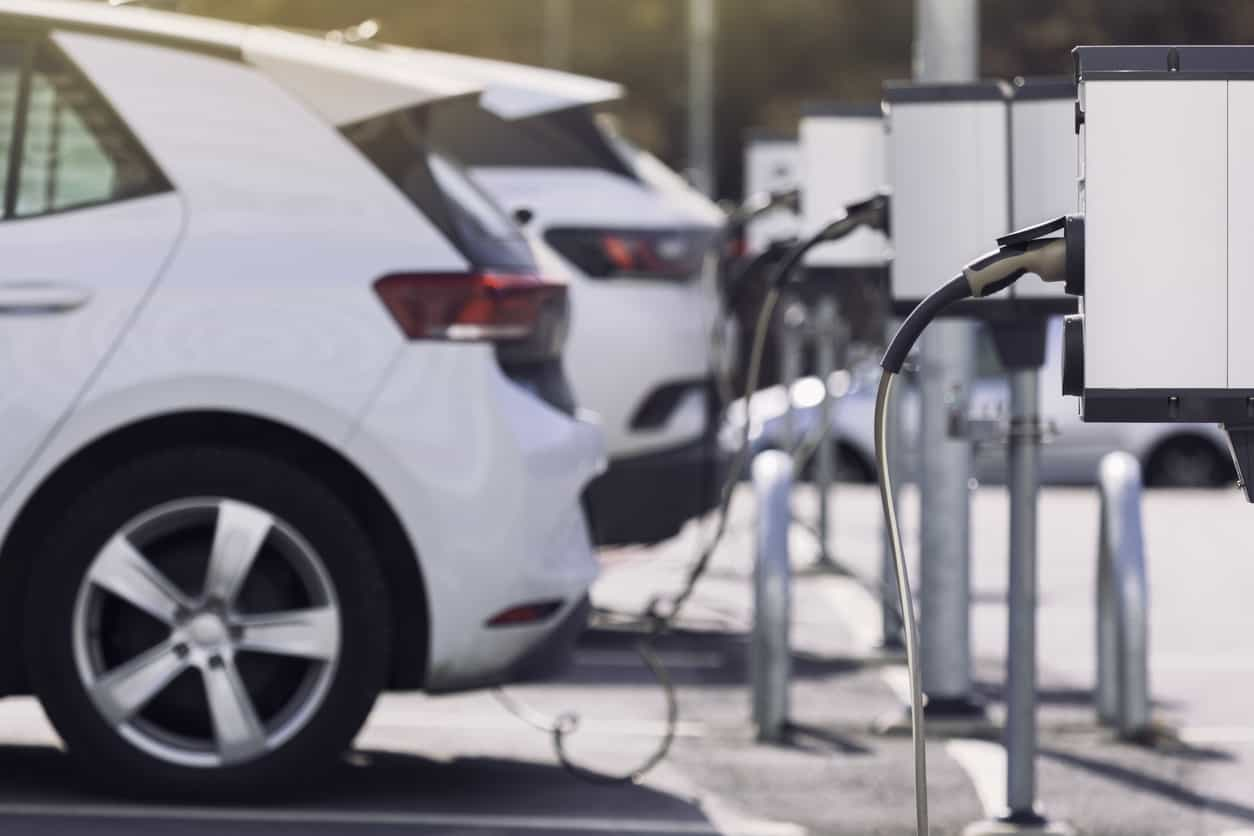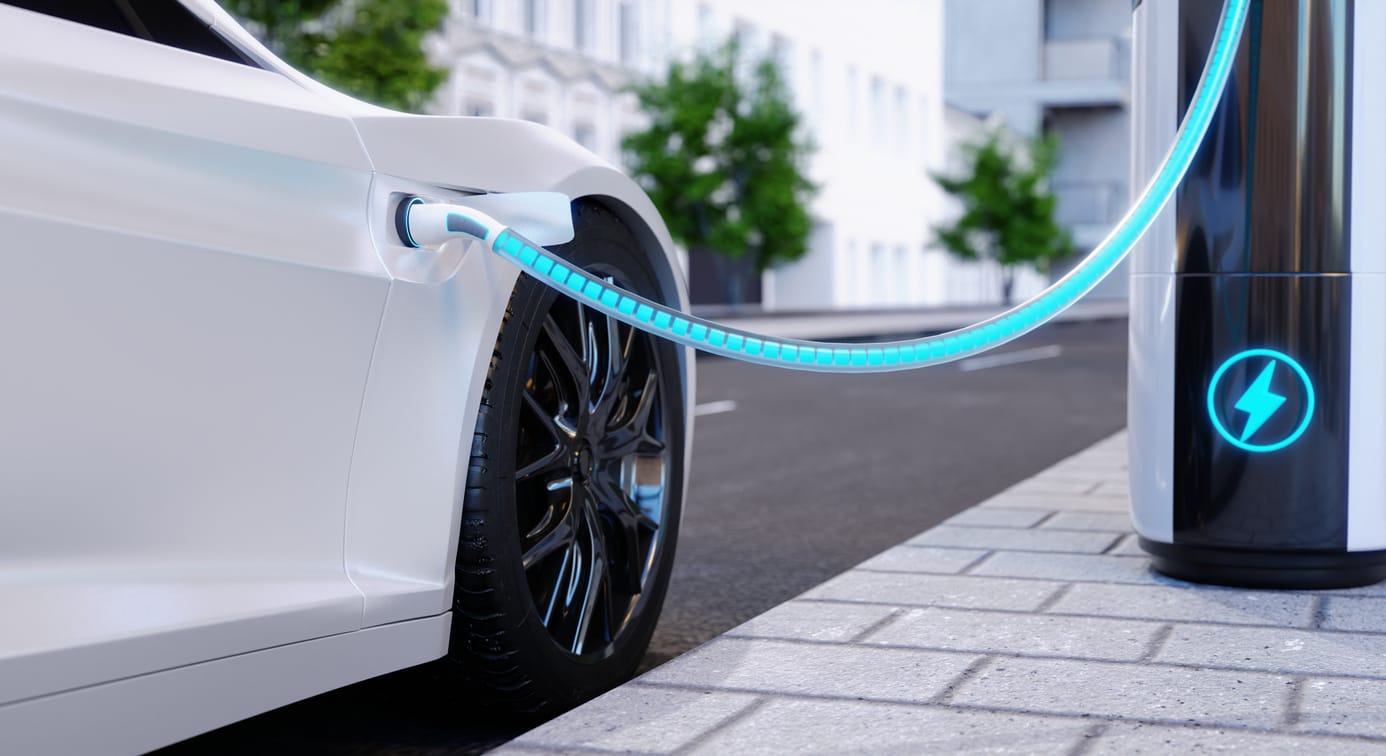The Green Wave Sweeping Across the U.S.
With environmental concerns soaring, America witnesses a momentous transition: electric cars (EVs) dominate the roads. Notably, the transport of these green machines isn’t just about getting from Point A to Point B. Shipping them across state lines is a unique challenge and opportunity.
Untangling the State Web
Naturally, transporting anything across state lines involves navigating a web of regulations and policies. With EVs, there’s an added layer of complexity.
California: Leading the Charge
As the state with the highest number of electric vehicles, California sets the bar high. Shipping in or out of the Golden State demands stringent adherence to emissions standards and safety protocols.
Texas: Powering Through Size
While Texas may be synonymous with oil, it’s making waves in the electric vehicle industry. However, its vast expanse presents logistical challenges for shipping. Efficient routes and charging stations are imperative.
New York: City Traffic and Country Roads
Shipping to the bustling city is a task, but New York state, with its diverse terrain, requires meticulous planning. Infrastructure investment is on the rise, catering to the increased demand for EVs.
The Logistics Labyrinth
Transporting electric vehicles isn’t merely about loading them on a truck. Let’s delve into the finer details.
Battery Handling
Protection is Priority: Given their sensitivity, EV batteries require special attention during transport. Impact resistance and temperature control are critical to ensure battery safety and longevity.
Charging Infrastructure
Strategic Stops: Transporting EVs necessitates understanding charging locations. While traditional cars refuel quickly, EVs need longer stops. Thus, incorporating charging stations into transport routes is essential.
The Rise of Specialized Carriers
With the EV boom, specialized carriers have emerged. These experts possess the knowledge and equipment crucial for EV transportation, ensuring the vehicles arrive in pristine condition.
EVs vs. Traditional Vehicles: The Cost Aspect
Interestingly, while electric vehicles might save on fuel, shipping costs can vary. Size, weight, and specific handling requirements play a pivotal role in determining the price tag of transport.
Challenges and Triumphs
Weather Woes: Weather conditions, especially extreme cold, can impact battery performance. Shipping during winter? Plan ahead.
Training Triumphs: As the EV sector grows, so does the training for those involved in their transport. Knowledgeable staff is the best asset for ensuring safe shipping.
Conclusion
America’s shift to electric vehicles is not just about the drive but also the journey they take to reach consumers. Navigating the maze of state-specific regulations, understanding the intricacies of battery handling, and the emergence of specialized carriers underscore the evolving landscape of car shipping in the U.S.
FAQs
1. What precautions are essential when shipping EVs during extreme weather?
During extreme weather, particularly cold conditions, it’s vital to ensure batteries are adequately insulated and charged. Moreover, planning routes to avoid harsh conditions and using specialized carriers with experience in such situations is beneficial.
2. Are shipping costs for EVs significantly higher than traditional vehicles?
While EVs might have specific handling requirements, the cost isn’t necessarily significantly higher. Factors like size, weight, and the route determine the final shipping price.




